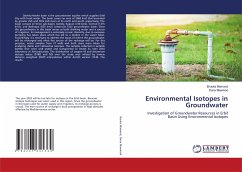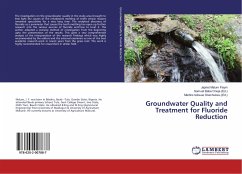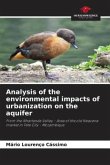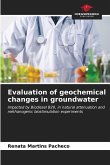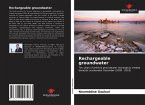Dashty-Hawler basin is the groundwater aquifer which supplies Erbil City with fresh water. The basin covers an area of 2660 km2 that bounded by greater Zab and little Zab rivers at its north and south respectively. The basin consists of three sub-basins namely, Kapran (720 km2), Central (1315 km2), and Bashtapa (625 km2) constructs Erbil groundwater basin. Since the groundwater in this basin serves as both drinking water and a source of irrigation, its management is extremely crucial. Recently, due to excessive pumping has taken place which has led to a decline in the water table. Accordingly, it is necessary to address the issues of where the groundwater will be recharged and what the source of the recharge will be. For this purpose, water samples from 27 wells and both rivers were taken for analyzing stable and radioactive isotopes. The samples collected in suitable bottles that were well sealed and transported to Devlet Su Isleri (DSI) laboratory at Ankara/turkey. The distribution of oxygen-18 and deuterium isotope values (d18O and dD) over the study area utilized by inverse distance weighted (IDW) interpolation within ArcGIS version (10.8). The results
Bitte wählen Sie Ihr Anliegen aus.
Rechnungen
Retourenschein anfordern
Bestellstatus
Storno

